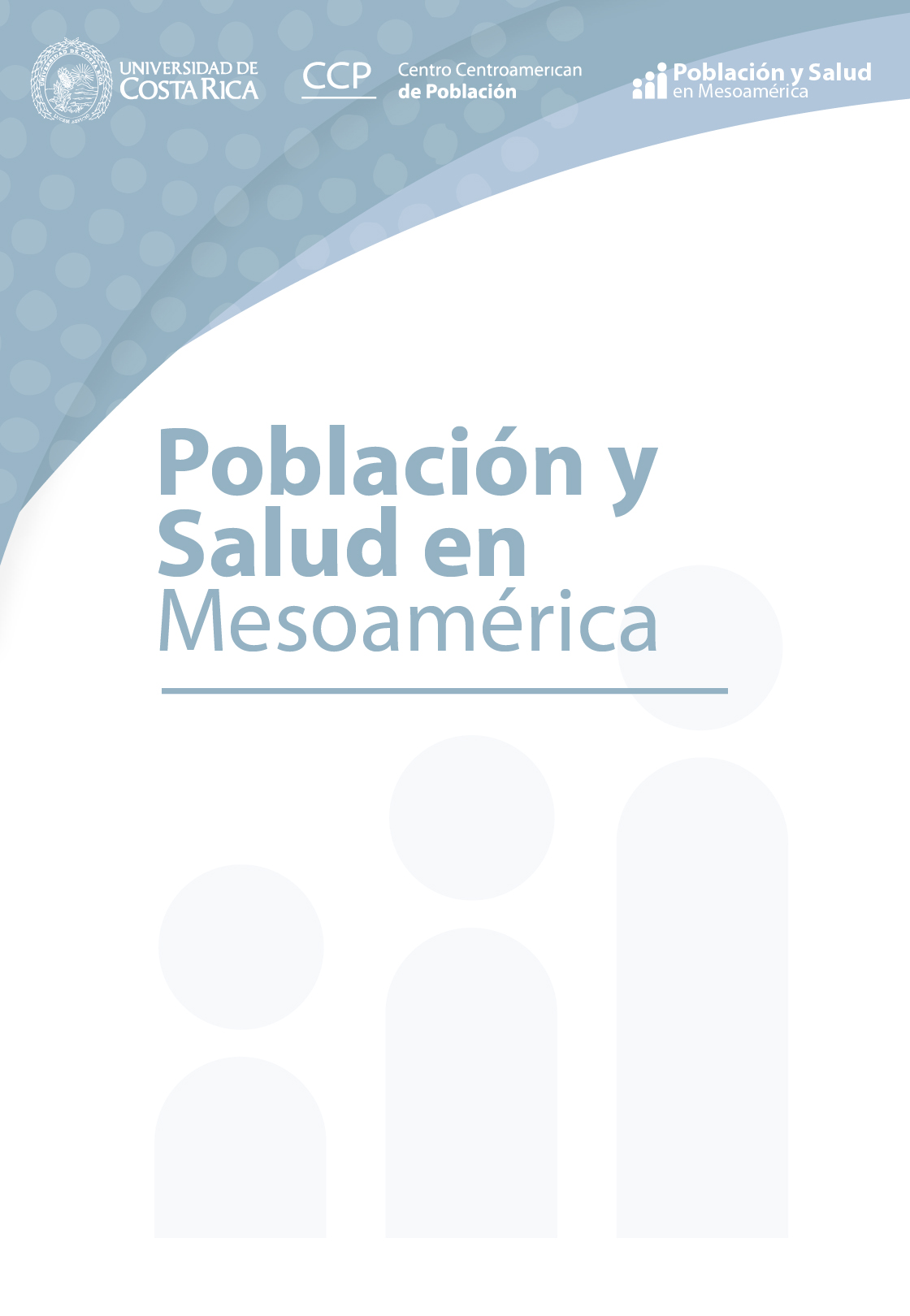Abstract
Objective: to assess the use of digital images for estimating the weight of different portions of foods. Methods: 102 dishes from 52 commercial sites in San Pedro, Montes de Oca, served as lunches, breakfast, and snacks, consisting of a total of 261 portions of foods were purchased, photographed and weighed. On receiving the digital images of the dishes by email, the weights of all the different foods were estimated by using as a comparison, a series of standard photos of foods with known weights. The process of estimating the weights of the foods from the digital images was carried out independently from their being weighed and photographed. A comparison between real and estimated weights was carried out using the Student t test and correlation coefficients. Results: in the case of 6 of the 11 food types, there were no statistically significant difference between real and estimated weights and a significant degree of association was found. Significant differences were observed between real and estimated weights for the remaining 5 foods, which were composed of dishes with a greater number of ingredients and greater variation in proportions of each ingredient. Conclusion: portion size was estimated with sufficient accuracy for foods prepared from simple recipes with few ingredients, but not for foods prepared with several ingredients. More research is needed before recommending this use of digital images in food consumption surveys.







